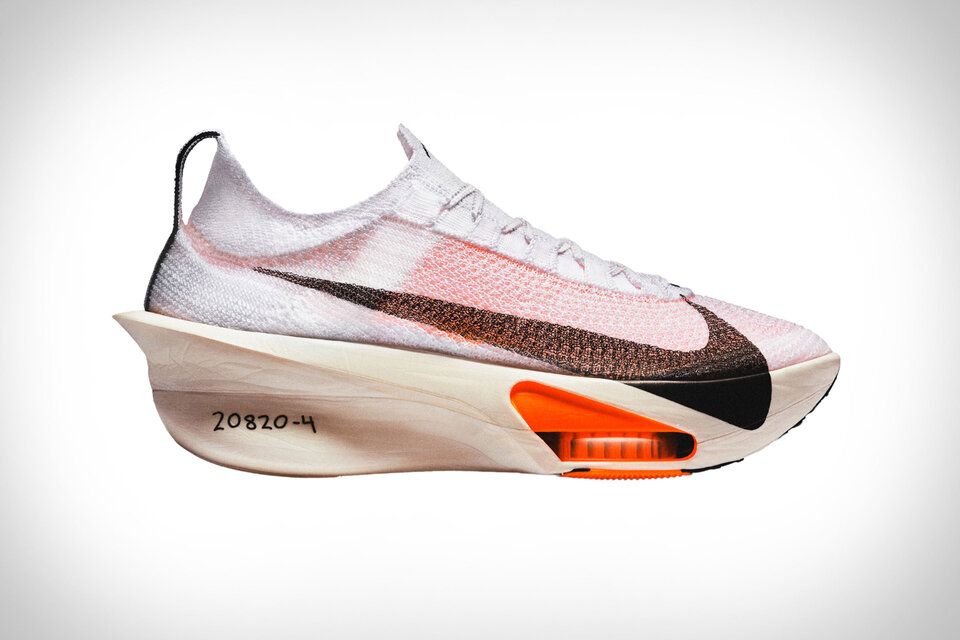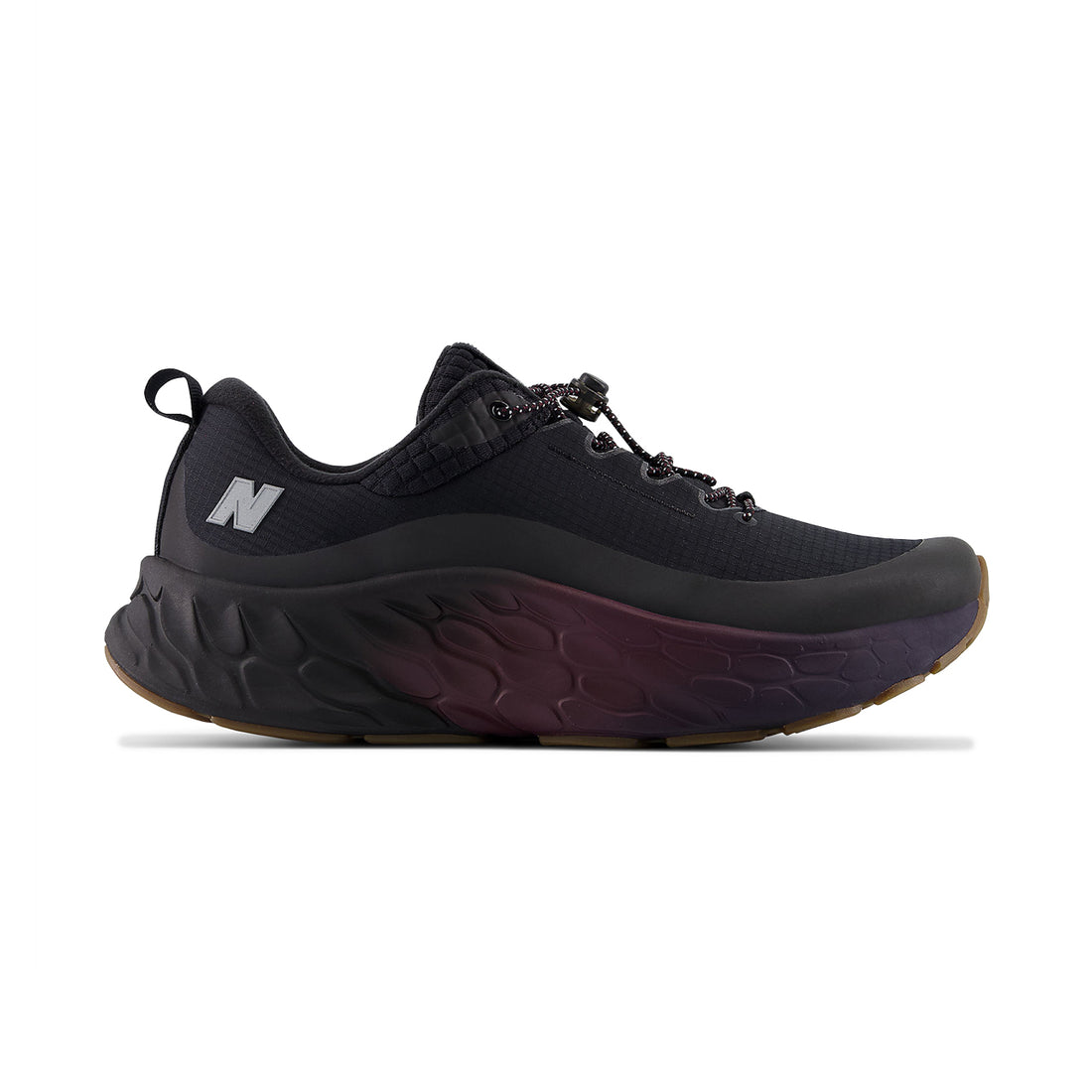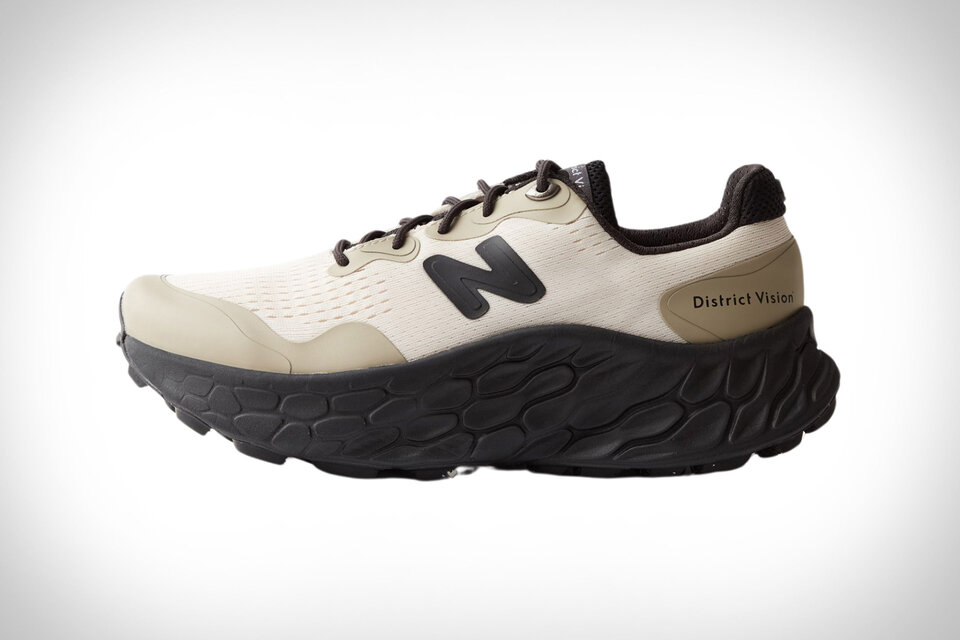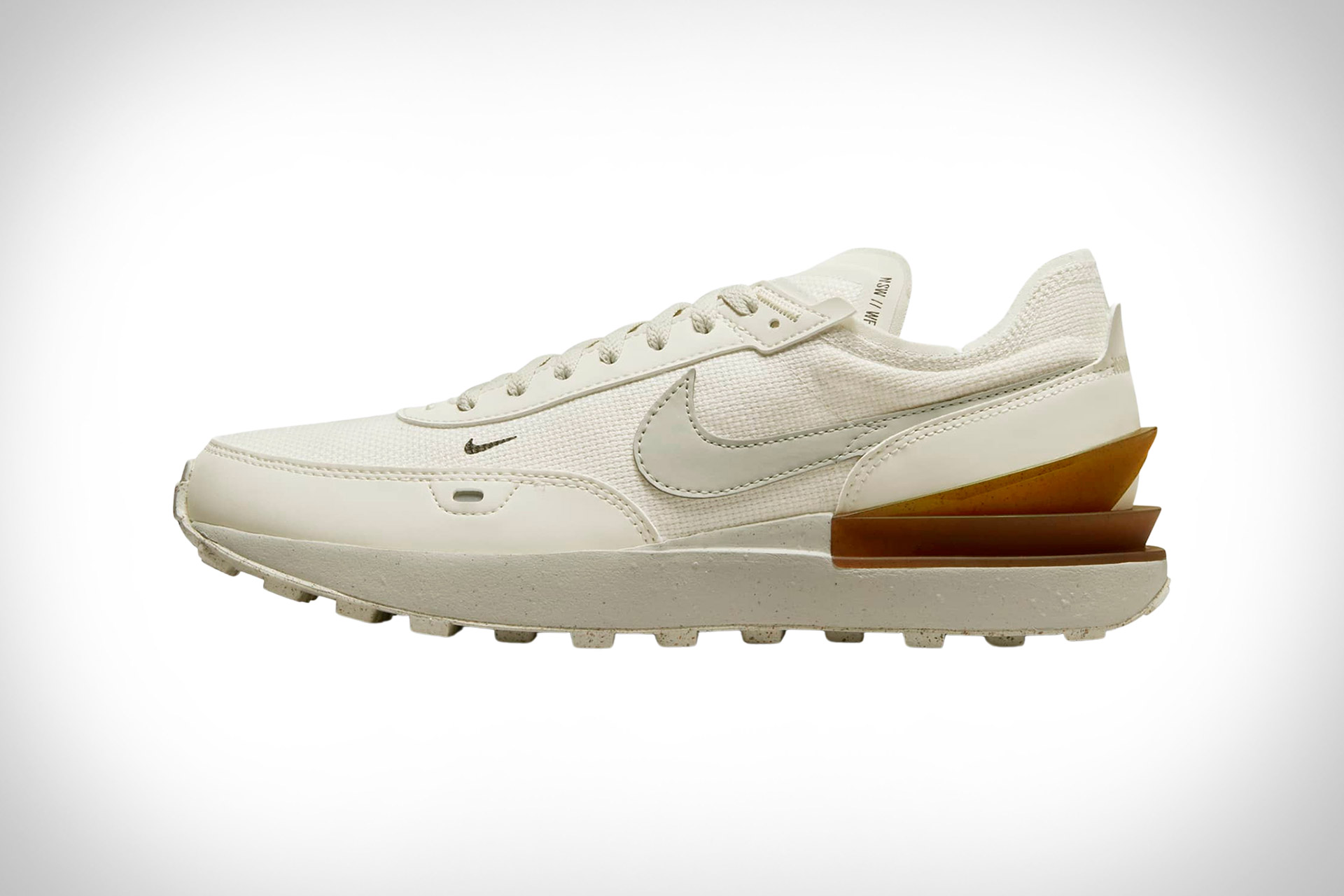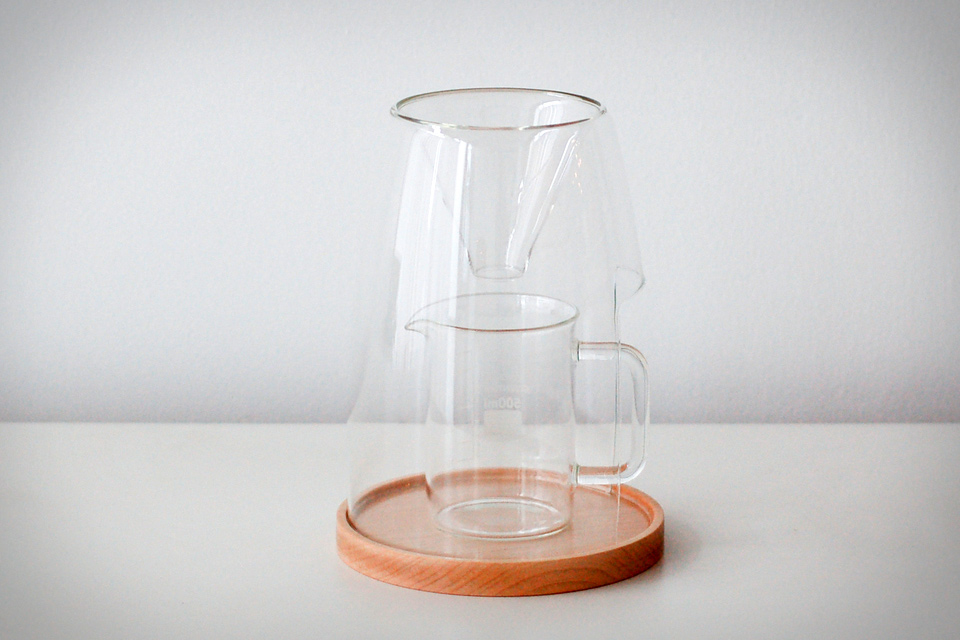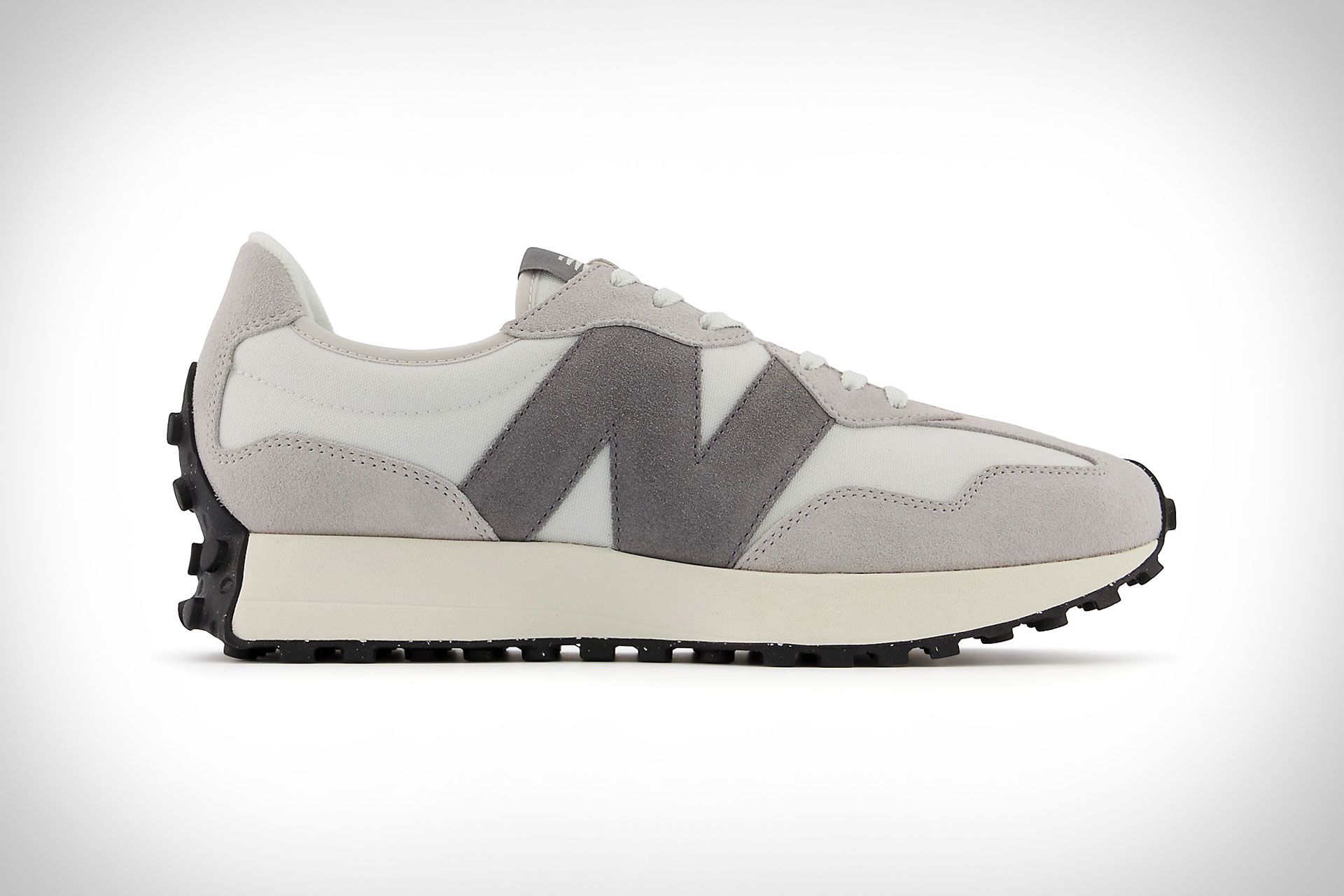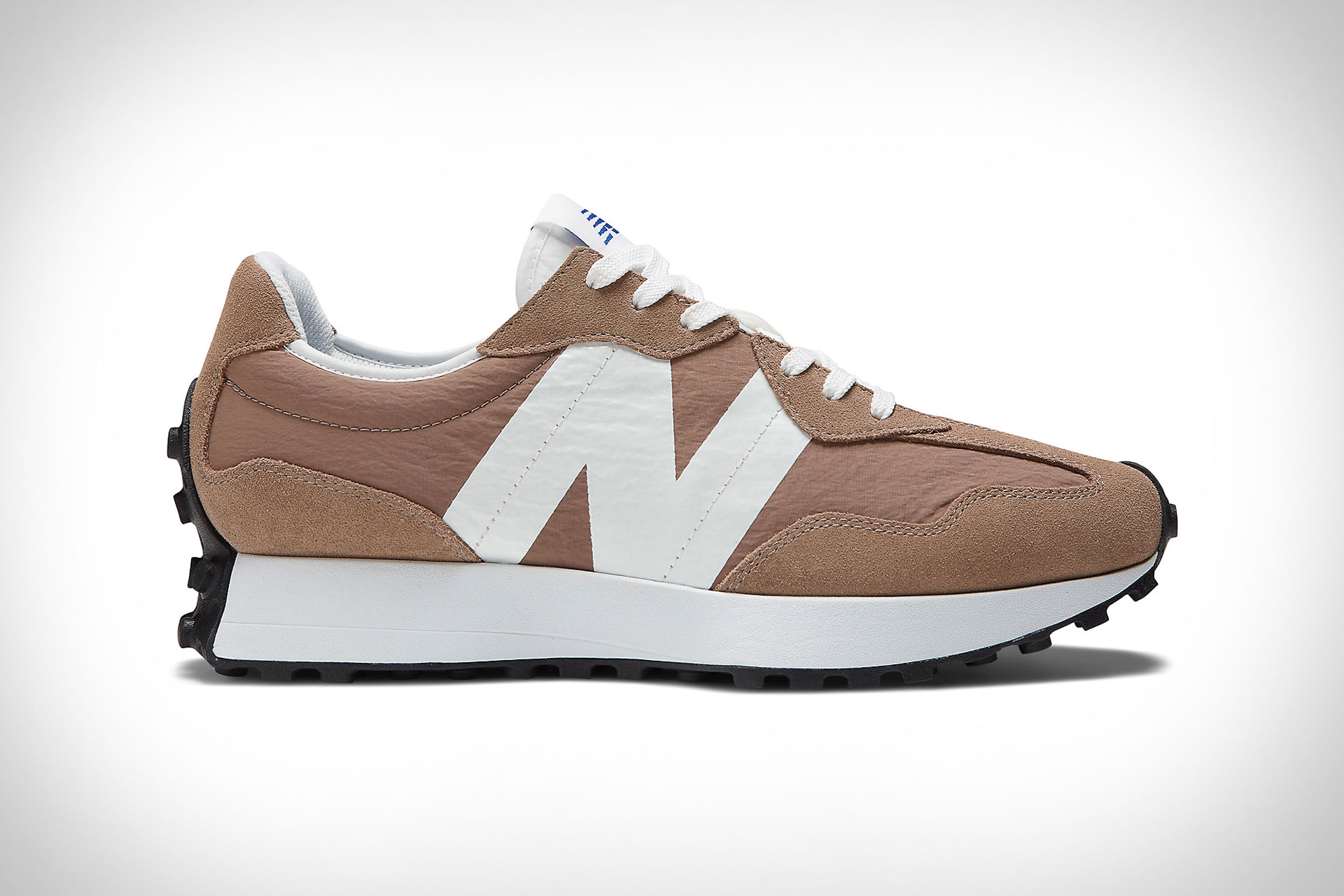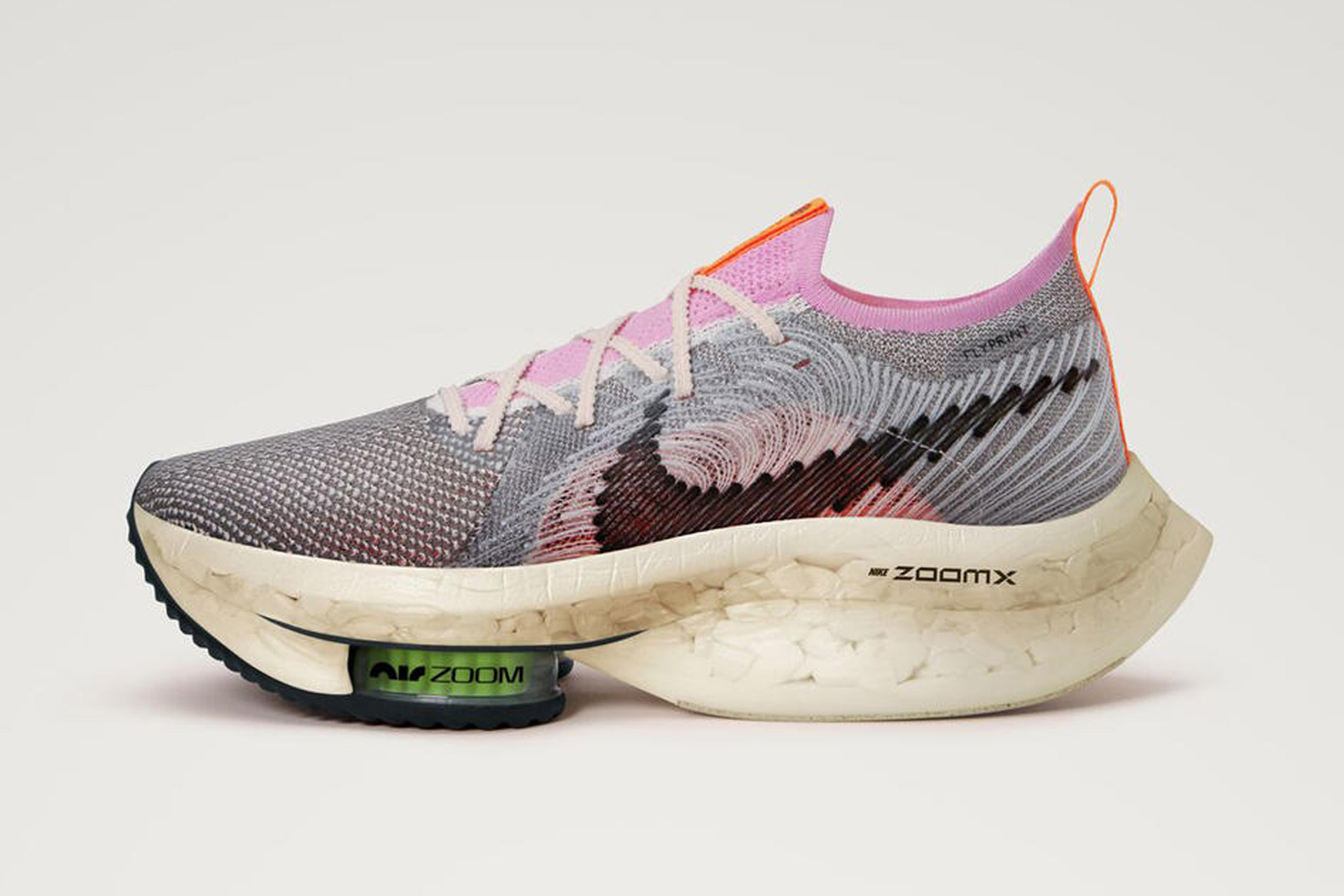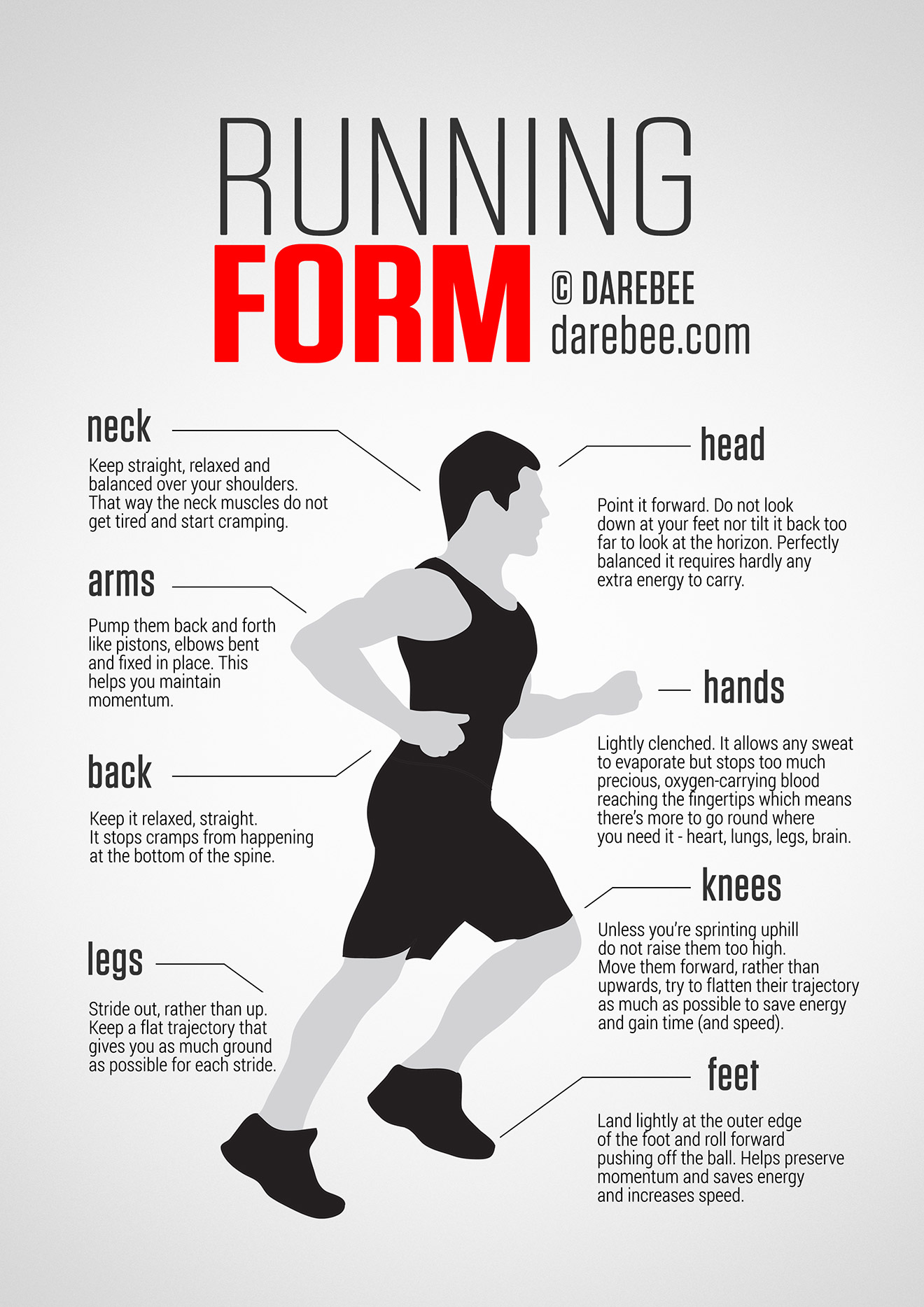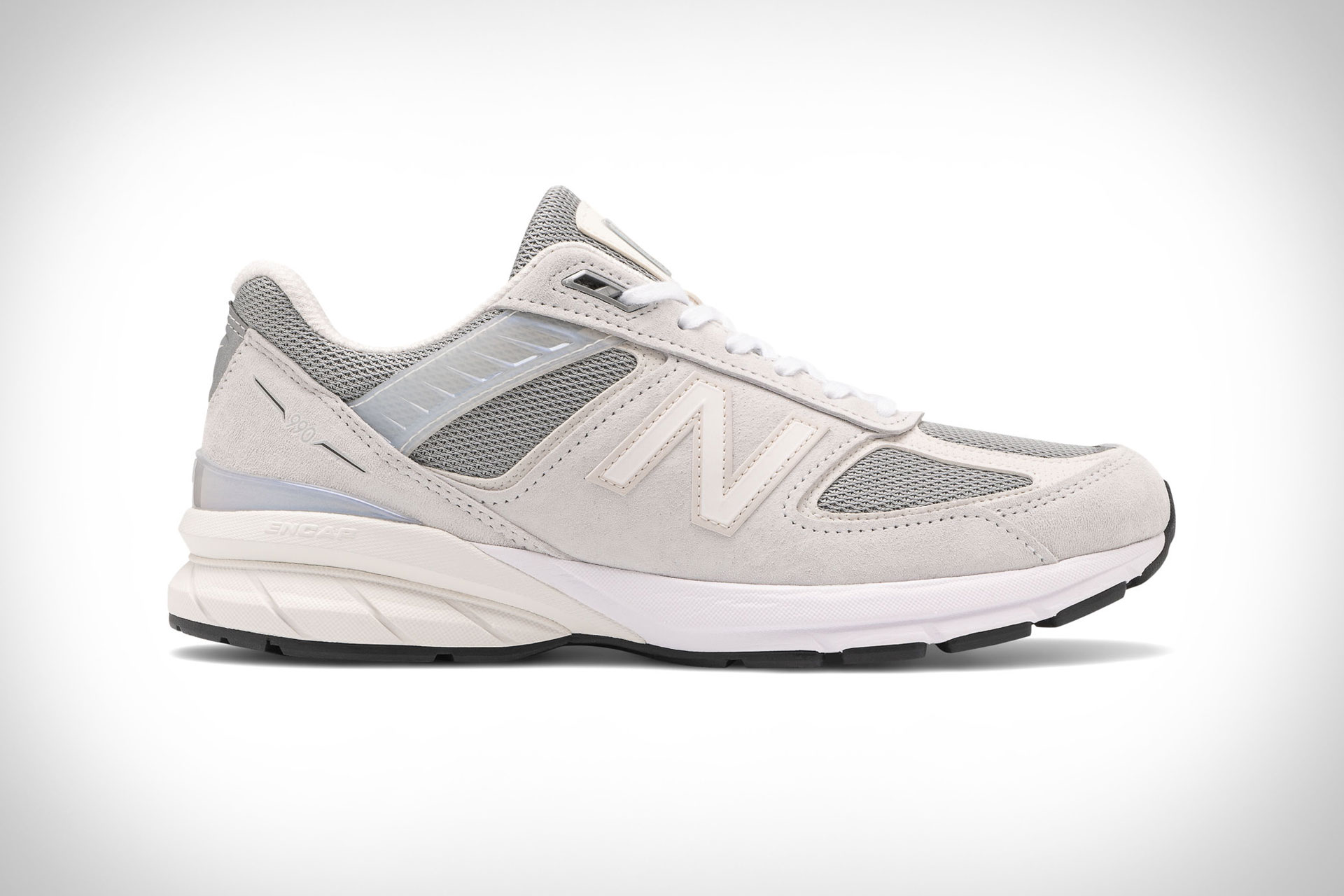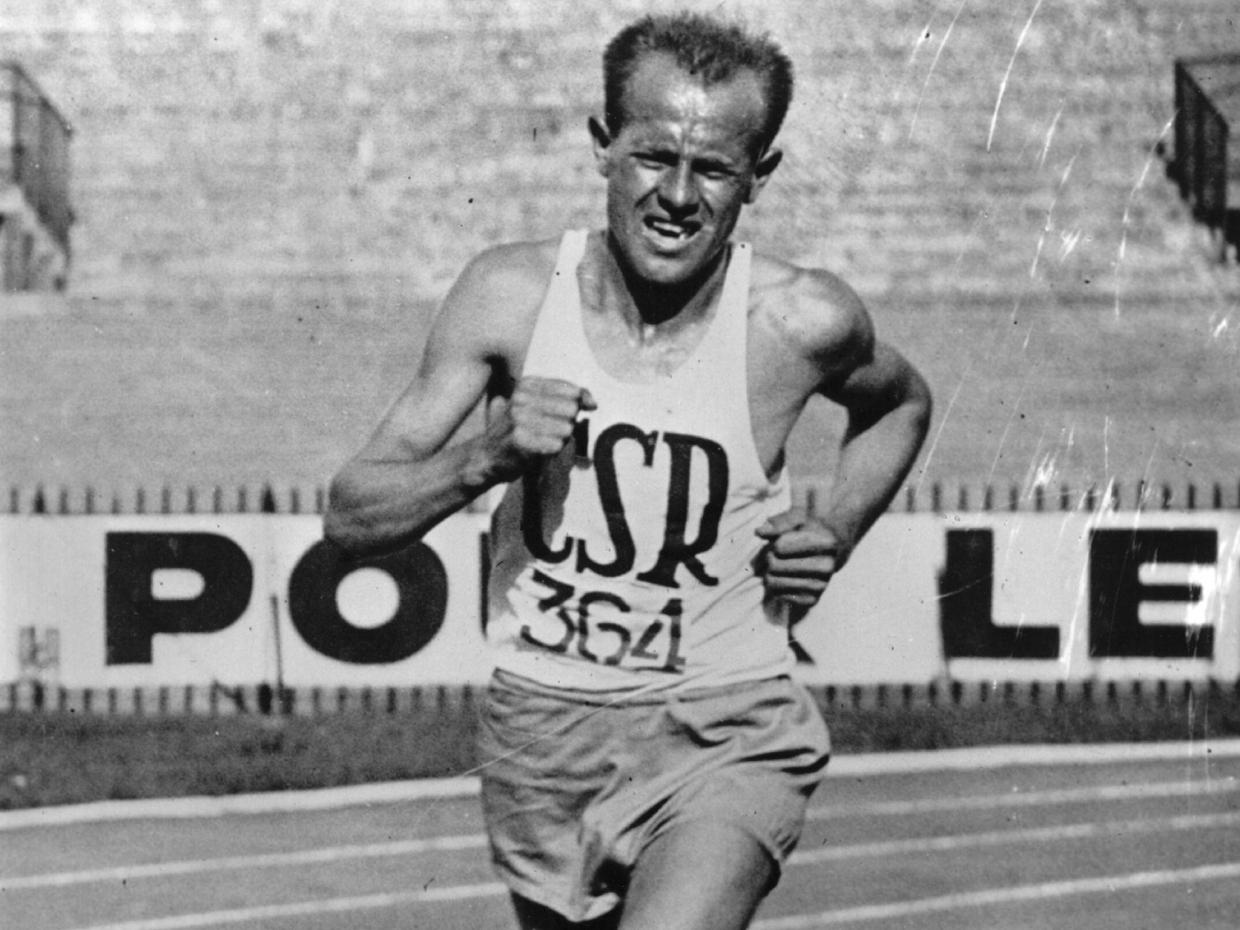I have run in five marathons and around twice as many half-marathons. My preferred race now is the half-marathon. To train for it, I go with the rule of 3s. (Actually it is more of a guideline than a rule.) I got the idea from this Runner’s World article, The Less-Is-More Marathon Plan. That plan talks about training for a marathon on only 3 runs a week. I haven’t tried that, but I have trained and run half marathons on only three runs a week, and have found it to be very successful. Indeed, running more than 3 times a week is challenging for me because I don’t have the time and because I tend to run hard and I need the next day to recover.
The other thing I like about this Less-Is-More plan is that you train hard for 3 weeks, and then you have an easy (or easier) week. I think this is a great idea, and it helps keep you on the bandwagon. (And avoid injury.) Also, they have a three week taper at the end, which I also think is smart. Finally, each run in a week has a specific purpose.
Now, this plan is pretty detailed. Frankly, I am not that good at following that much detail. Maybe I should be, but I’m not. I am ok with keeping the long run distances and even the tempo distances, but running all those speed intervals is not for me.
What I do manage to do is split up my speed training into three groups. For the first set of speed training, I do fartleks, which is essentially where I run fast intervals in the middle 1/3 of my run on Tuesdays. Because it is fartlek, I am not too strict in how long the intervals are. Essentially I try to push my body to do speed work, and when I find the quality of the speed work going badly, I slow down and recover. I make sure I do enough of this to make it worthwhile, but I am casual enough about it that I don’t dread it. (Hey, speed work is hard work! :))
For the second set of speed training, I do hill work. I split the hill work up into longer hills and shorter, steeper hills. Again, I do a few miles of warm up runs, then do about a third of my route as hills, then slow down and cool off. I use a HRM (heart rate monitor), and try to push myself enough on the hill workouts while trying to maintain good running form. To do this, I have to shorten my stride. I also recover by running slowly (and lightly, not thudding) down the hill. I also do some speed runs on shorter hills a few weeks after the longer hill workouts are under my belt and I am feeling stronger. (Doing the shorter hills first tends to be discouraging, at least for me.)
For the third set of speed training, I do actual intervals on a track (or I use Google Maps to help me plan out stretches of road). When I am doing those, I try and mix the distances, just like I in the Plan. Intervals can be boring, so I save them for after my fartleks and hill work. Also, by this point in the training, I should be feeling much stronger. If I do intervals early, I just feel slow and this is also discouraging. Part of the trick of doing any speed work is making sure you manage your mental training as much as your physical training.
By the way, for the tempo runs, I should be getting faster as the weeks progress, so I measure my tempo not so much by how fast I am running as by how fast my heart rate is. It’s also a good way of insuring that my speed work is paying off.
Lastly, your longer runs should be at a slower pace than the tempo run. See the plan (and other places) as to what the pace for that should be. What you are trying to do on the longer runs is get accustomed to running longer without straining yourself. You should still see progress in your pace, though, even though the effort you are exerting is less than what you will ultimately exert in the race.
At race day, the only thing that should prevent you from running faster than ever is bad luck. So, good luck! I hope you run fast and run well!
